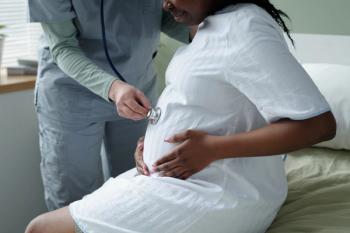
Prescription Opioid Misuse Continues to Rise
From 2012 to 2013, 4.8 million adults reported opioid use disorder, but only 17% received treatment.
A recent study found that opioid misuse nearly doubled among US adults from 2001 to 2013. Specifically, approximately 10 million adults misused prescription opioids between 2012 and 2013.
Researchers used data from the National Epidemiologic Survey on Alcohol and Related Conditions-III, which examines alcohol and drug use, for a study published in the Journal of Clinical Psychiatry.
The study defined misuse as using opioids without a prescription or not using them as prescribed. The researchers described prescription of opioid use disorder as having a desire to control use, but not being able to do so; failing to meet goals and expectations at school, work, or home; and symptoms of tolerance or withdrawal.
"The increasing misuse of prescription opioid pain relievers poses a myriad of serious public health consequences," said Nora D. Volkow, MD, director of the National Institute on Drug Abuse, which contributed funding for the study. "These include increases in opioid use disorders and related fatalities from overdoses, as well as the rising incidence of newborns who experience neonatal abstinence syndrome. In some instances, prescription opioid misuse can progress to intravenous heroin use with consequent increases in risk for HIV, hepatitis C and other infections among individuals sharing needles."
Researchers found that individuals with the largest rates of nonmedical prescription opioid use were men, patients with an annual income of less than $70,000, patients who were previously married, and patients with a high school education or less, according to the study.
Caucasians, Native Americans, and individuals living in the Midwest and West were all more likely to misuse prescription opioids. Surprisingly, researchers found that 5% of individuals who reported misuse in the previous year, and 17% of individuals who reported prescription opioid use disorder received treatment.
"The national data from NESARC-III substantially advances what we know about prevalence, co-occurring disorders and treatment rates," said senior author Bridget Grant, PhD, PhD. "Prior to this analysis, there was a lack of current epidemiologic data on nonmedical prescription opioid use and prescription opioid use disorder using DSM-5 [Diagnostic and Statistical Manual of Mental Disorders, Fifth Edition] criteria."
Researchers found that 2.9% of individuals had prescription opioid use disorder, and .8% had this disorder from 2012 to 2013. From 2001 to 2002, 1.4% of individuals reported having prescription opioid use disorder, and .4% of individuals reported it during the past year.
Researchers discovered an increase of nonmedical prescription opioid use by 161% between 2001 and 2013, and prescription opioid use disorder increased by 125%. This increase could be explained by an increase in prescribing and less understanding of the addiction potential, the researchers concluded.
Newsletter
Stay informed on drug updates, treatment guidelines, and pharmacy practice trends—subscribe to Pharmacy Times for weekly clinical insights.




















































































































































































































